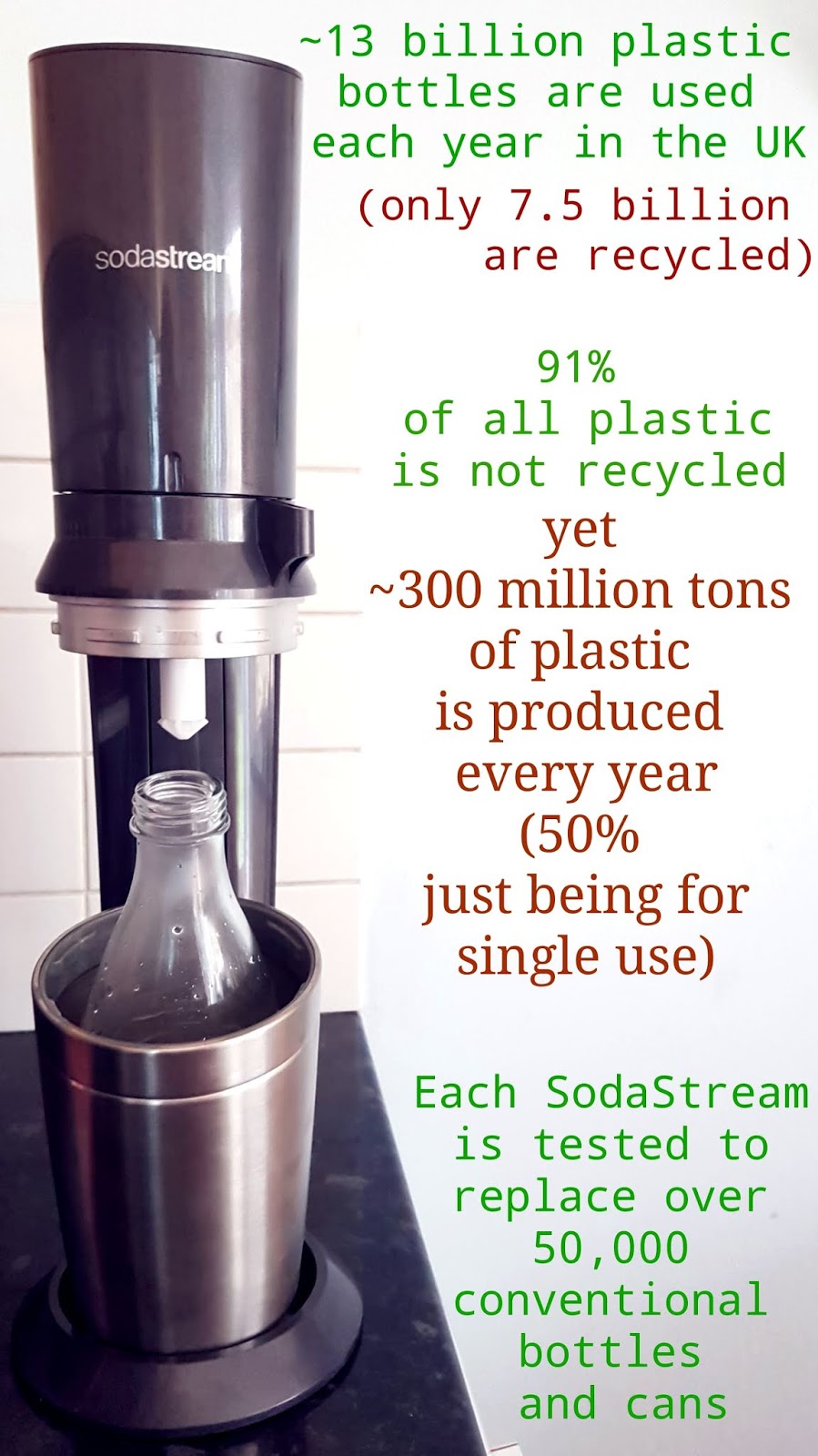

Protein was estimated in each fraction and analyzed for identification of anti-inflammatory activity. Gel filtration chromatography was performed using Sephadex G-50 column to fractionate the crude extract. anatolicum ticks and homogenized under the ice to prepare SGE. Materials and Methods: Salivary glands were dissected out from partially fed adult female H. anatolicum ticks with a view that this information could be utilized in raising vaccines, designing synthetic peptides or peptidomimetics which can further be developed as novel therapeutics. Therefore, the present study was aimed to characterize anti-inflammatory peptides from salivary gland extract (SGE of H. These chemicals in saliva could inhibit host inflammatory responses through modulating cytokine secretion and detoxifying reactive oxygen species. Successful feeding of ticks relies on a pharmacy of chemicals located in their complex salivary glands and secreted saliva. Ticks have evolved several immune evading strategies to circumvent hosts’ rejection and achieve engorgement. Partial characterization of a novel anti-inflammatory protein from salivary gland extract of Hyalomma anatolicum anatolicum (Acari: Ixodidae ticksįull Text Available Aim: Hyalomma anatolicum anatolicum ticks transmit Theileria annulata, causative agent of tropical theileriosis to cattle and buffaloes causing a major economic loss in terms of production and mortality in tropical countries.

clavuligerus NRRL 3585 and 644 strains respectively. However, for the partially preparation the optimum temperature was 50Â✬ and 40Â☌ for S. The optimum temperature for the crude extract was 21Â✬ for both strains. The optimum pH was obtained at pH 7.0-8.0 and 8.4 for enzymes produced for 3585 and 644 strains (crude extract, respectively, and 8.4 and 8.0 for enzymes from the partially purified extract 3585 and 644 strains, respectively. Enzyme half-life at pH 8.0 and 60Â✬ was 40.30 and 53.32 min, respectively for both strains ( partially purified extract. Enzymes from the two strains retained 37% of their initial activities at pH 8.0 after 2 h incubation at 25Â✬. The enzyme was partially purified by ammonium sulphate precipitation. Maximum activity was obtained after 96h of fermentation with an initial pH of 7.0.

The enzyme production was carried out in batch fermentation using soy bean filtrate as nitrogen source. PARTIAL CHARACTERIZATION OF PROTEASES FROM STREPTOMYCES CLAVULIGERUS USING AN INEXPENSIVE MEDIUMĭirectory of Open Access Journals (Sweden)įull Text Available The partial characterization of extracellular proteases from Streptomyces clavuligerus NRRL 3585 and 644 mutant was investigated. The enzyme extracted using 20mM phosphate buffer pH 6.8 was concentrated to 10ml with 5M sucrose solution using dialysis membrane. The enzyme was partially purified and characterized. β-Glucosidase (EC 3.2.1.21) was produced by Aspergillus niger IMI 502691 using solid state fermentation of cassava root fibre. Partial purification and characterization of an inducible extracellular.


 0 kommentar(er)
0 kommentar(er)
